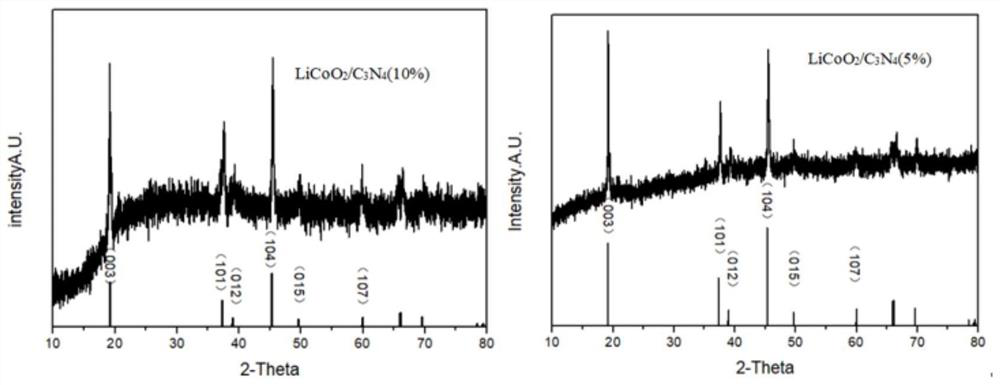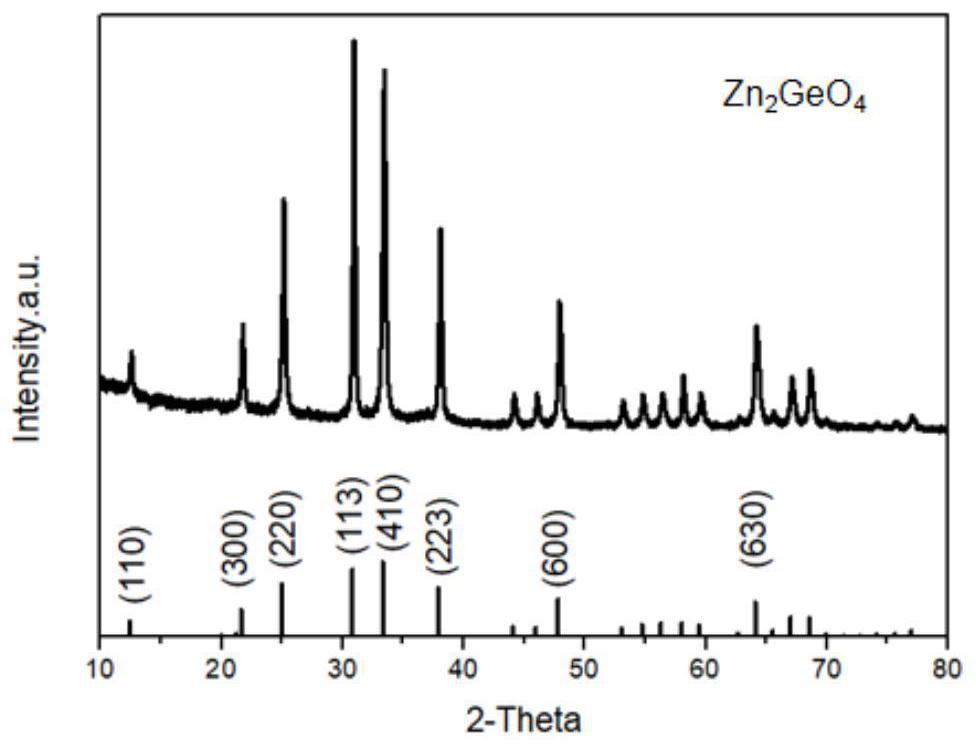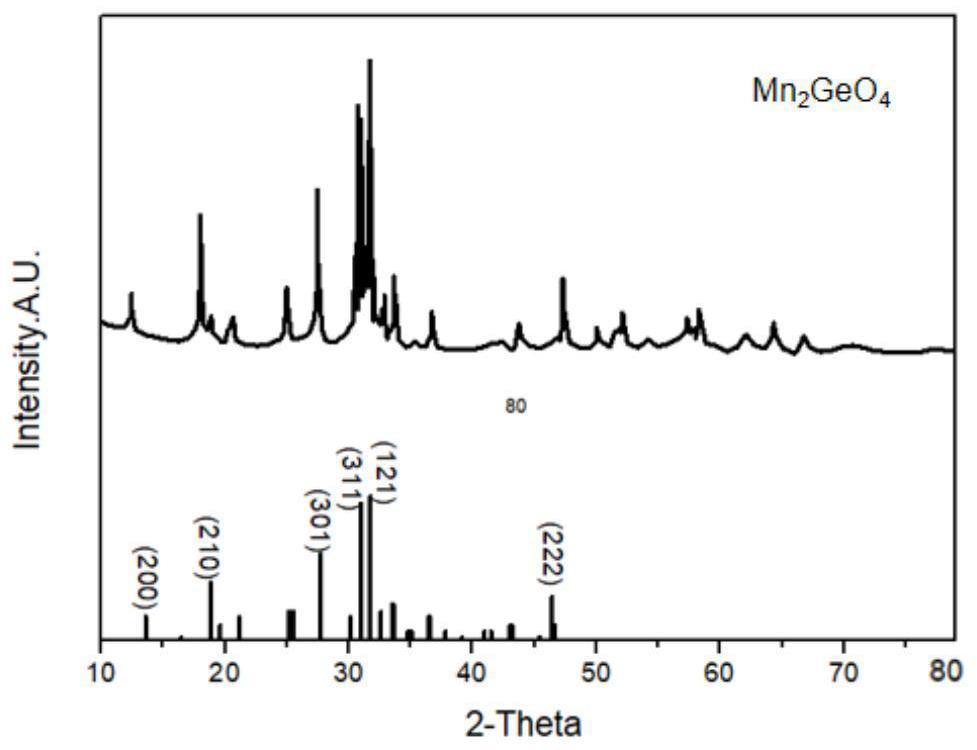Lithium ion battery
A technology of lithium-ion batteries and batteries, applied in battery electrodes, secondary batteries, circuits, etc., can solve the problems of low working potential ion diffusivity, failure, etc., and achieve the effects of cost reduction, phase purity, and simple preparation methods
- Summary
- Abstract
- Description
- Claims
- Application Information
AI Technical Summary
Problems solved by technology
Method used
Image
Examples
Embodiment 1
[0038] A lithium ion battery includes the following structure: a wound cell assembly, an electrolyte solution impregnating the wound cell assembly, a metal casing for loading the wound cell assembly and the electrolyte, and sealing the metal The sealing cover of the outer casing; the wound cell assembly includes a positive electrode foil, a negative electrode foil, and a separator separating the positive electrode foil and the negative electrode foil; the substrate of the positive electrode foil is a carbon-coated aluminum foil, and the carbon-coated aluminum foil contains a positive electrode active material material, the positive active material is LiCoO 2 / C 3 N 4 composite material; the matrix of the negative electrode foil is copper foil, the copper foil contains negative electrode active material, and the negative electrode active material is Zn 2 GeO 4 Material.
[0039] Among them, the preparation of cathode foil: the cathode active material LiCoO 2 / C 3 N 4 The...
Embodiment 2
[0045] The lithium ion battery of this example is the same as that of Example 1, except that the positive electrode active material LiCoO 2 / C 3 N 4 LiCoO in composites 2 and C 3 N 4 The mass ratio of 20:1 is recorded as LiCoO 2 / C 3 N 4 (5wt%).
[0046] The positive electrode active material of this example has the same XRD diffraction peak position as that of the positive electrode active material of Example 1.
Embodiment 3
[0048] The lithium ion battery of this example is the same as that of Example 1, except that the positive electrode active material LiCoO 2 / C 3 N 4 LiCoO in composites 2 and C 3 N 4 The mass ratio of 5:1 is denoted as LiCoO 2 / C 3 N 4 (20wt%).
[0049] The positive electrode active material of this example has the same XRD diffraction peak position as that of the positive electrode active material of Example 1.
PUM
 Login to View More
Login to View More Abstract
Description
Claims
Application Information
 Login to View More
Login to View More - R&D
- Intellectual Property
- Life Sciences
- Materials
- Tech Scout
- Unparalleled Data Quality
- Higher Quality Content
- 60% Fewer Hallucinations
Browse by: Latest US Patents, China's latest patents, Technical Efficacy Thesaurus, Application Domain, Technology Topic, Popular Technical Reports.
© 2025 PatSnap. All rights reserved.Legal|Privacy policy|Modern Slavery Act Transparency Statement|Sitemap|About US| Contact US: help@patsnap.com



